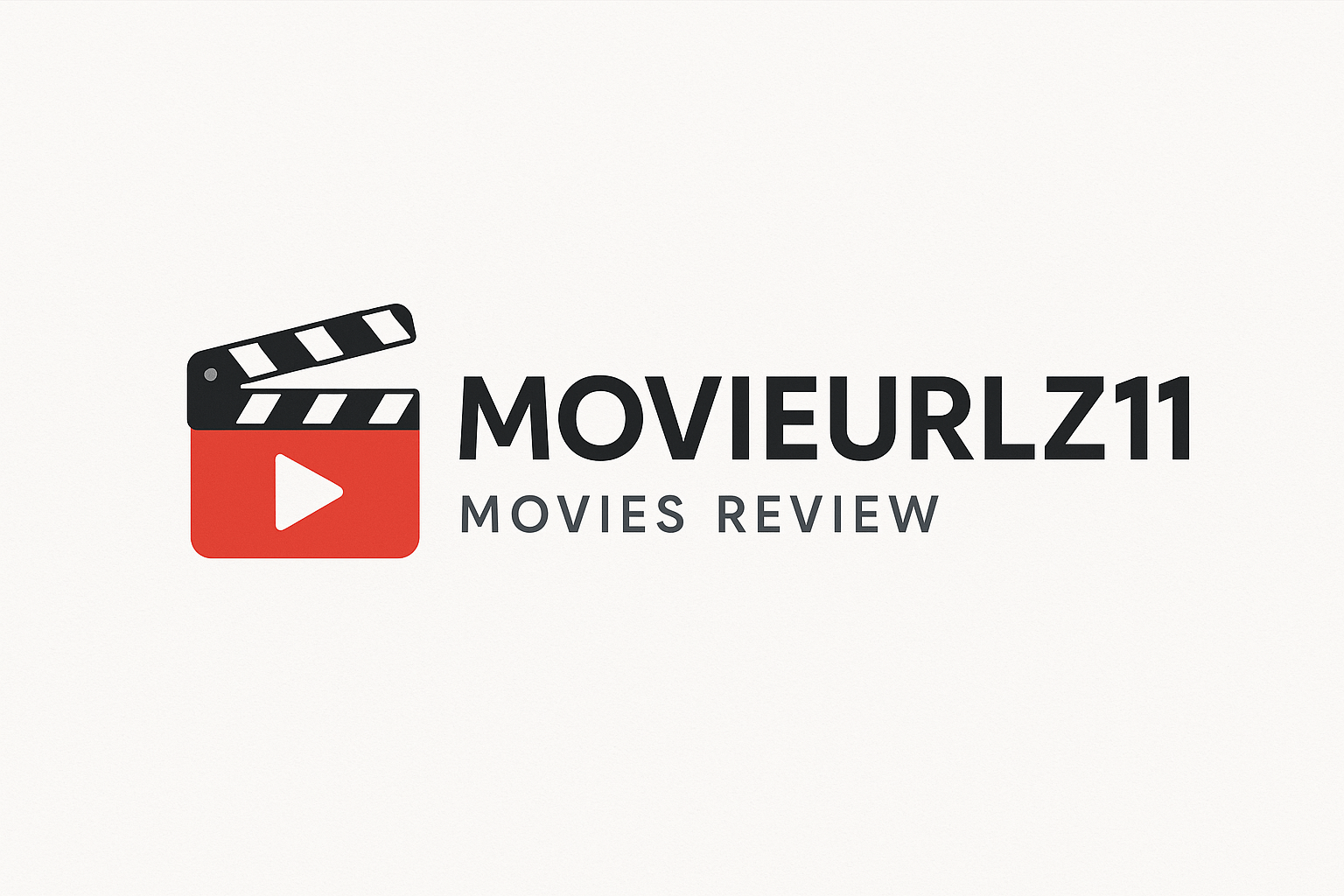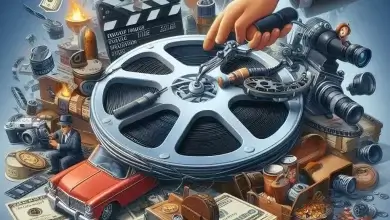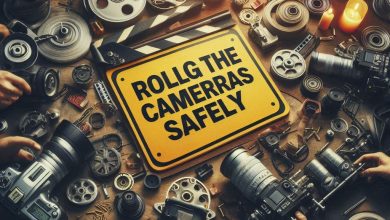Lights, Camera, Protection: Understanding Movie Insurance Policies
Insurance Policies

The film business can dazzle with red carpet and box office Triumph, but every cinematic achievement is the foundation for careful preparation and risk management. One of the most important components of film production is the least glamorous film insurance coverage. These especially provide protection from many risks during filming. Without them, even the most promising views may collapse under unexpected expenses.
Why film insurance matters
Filmmaking is a complex machinery that covers artists, crew, equipment, location and large financial investment. The same delay – whether disease, accidents or weather – can cost hundreds of thousands, if millions, not dollars. Insurance policies protected producers and investors by absorbing those risks. Essentially, they allow creativity to flourish without worrying about financial waste.
Major types of film insurance policies
Cast insurance
The actor is in the heart of any picture, but the disease, injury, or simply unavailability can suddenly destroy a whole attempt. Cast insurance avoids damage caused by the inability of a prominent actor or crew member to complete its tasks. Without this, a production may be a heavy rehabilitation expenditure or perhaps cancellation in a project.
Insurance for equipment
Cameras, lighting equipment, drones and sound systems are expensive – and are weak. Equipment insurance covers the loss, theft or loss of these assets. Whether a lens breaks during shooting or the entire rig area is stolen, the policy assures that production is not financially crippled.
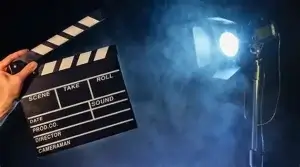
Liability insurance
Set can be locations of danger. If a person is out of production – such as visitor or passer -to -passer – is damaged, or the property is destroyed during filming, the ability to capacity against cases. This is important, as the demand for legal quarrels and compensation can be disastrous for dangerous projects.
Errors and shortage (E&O) Insurance
Films often have copyright information, real -life depiction or brand references. E&O insurance protects the actions arising from intellectual property conflict, defamation cases or violations of privacy. Without this, even a simple inspection in licensing may occur in expensive litigation.
Location-based insurance
Many objects require rent or sensitive places. Location insurance covers damage to these areas, as well as spends at the same time if the location suddenly becomes unavailable. In addition to allowing filmmakers to focus on giving a story rather than a potential punishment, it confirms the owners of the property.
Correct relationship
Perfection bonds are often involved in insurance plans, even if they are essentially a type of guarantee rather than insurance. They guarantee that the film will end under schedule and budget, which will assure investors about the financial stability of the project.
Benefits beyond coverage
Apart from providing monetary security trap, film insurance plans also promote the trust. Because insured projects display expertise and prediction, investors, distributors, and even streaming platforms prefer to join them. Appropriate rules may be a difference between independent filmmakers and money can be ignored.
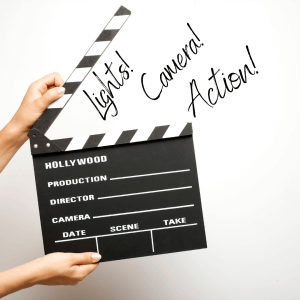
Final techway
Although they do not pay much attention, film insurance plans are essential for motion picture business. These rules reduce the financial risk for filmmakers by protecting artists, crew teams, equipment and creative resources. Insurance provides insurance protection that rolls the cameras and stories appear in an area of the film where there is an unexpected assurance.
